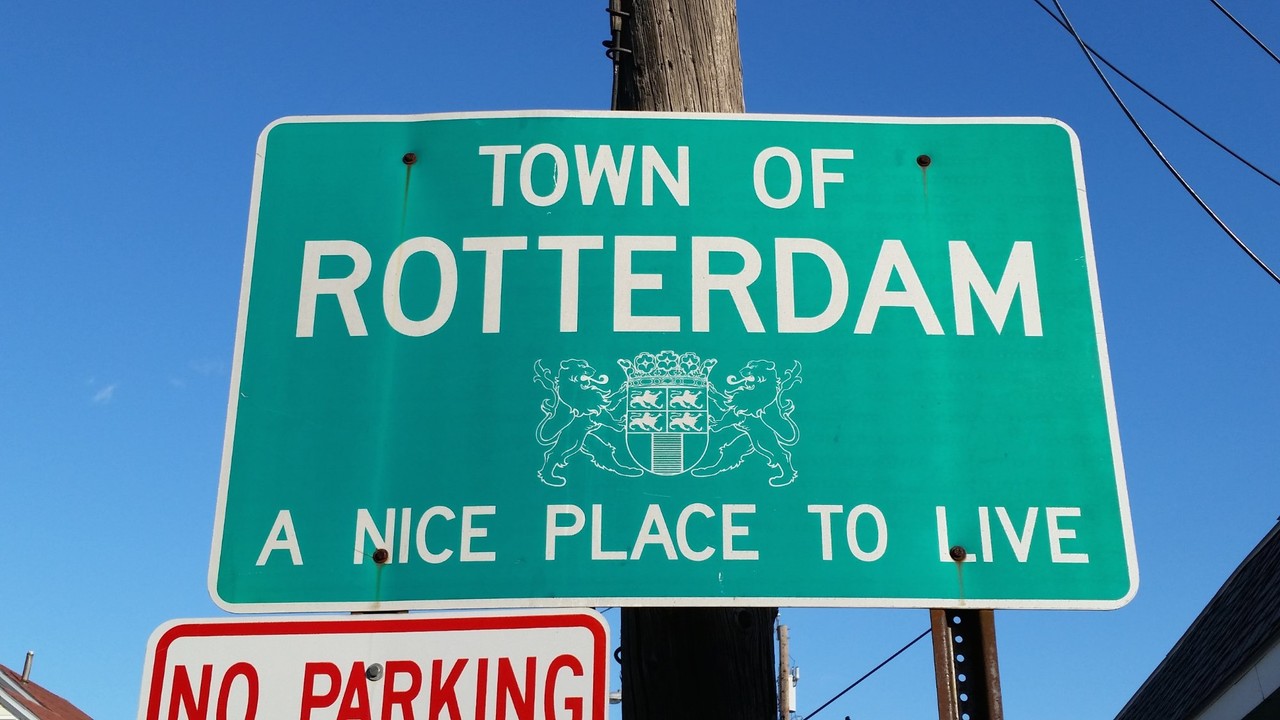
To get something accomplished, first make sure you’re in the right country. According to an article in the Dutch newspaper Algemeen Dagblad yesterday, some protesters missed that point when they accidentally put pressure on the rural government of Rotterdam, New York (population: 30,000) instead of The Netherlands’ second-largest city.
Such errors happen surprisingly often, even among business travel professionals. Years ago, I was planning travel to Santa Ana and asked the company’s travel agent if I could stay at a certain hotel chain. “I’m afraid it’s not available,” she said. “How about the one in Sacramento?” (Note: The two are a seven-hour drive apart.)
O.K., those are both extreme examples. But when you book a room, you’re balancing among a dozen criteria: room quality, parking, food options, exercise amenities, and so forth. For business travel, I believe you should consider location high on priority list. Here’s why:
- Most business trips involve at least two main locations: Your hotel and the meeting place. The closer the two are, the less unproductive time you’ll spend in transit — and, more importantly, the fewer things likely to go wrong and make you late for appointments.
- For trips around a group event (such as a convention), a lot of the real action happens “in the hallways” — those serendipitous times you see a high-value colleague in the hotel lobby or on the shuttle bus.
- In city environments especially, one block’s distance can make a world of difference with regard to noise and safety. Unless you know the city already, you could pay with your sleep or comfort.
So what makes a good location? In short, it’s one that helps you fulfill the purpose of your trip. Although the examples above suggest that closer is better, that’s not always true. For example, you might be on a trip that requires you to travel to several places in a day: You might be best served by a place with good parking (regardless of location), or at the center point of public transit.
Such places might actually be outside of your target city, for example in a nearby suburb on the city’s “right” side. I’m a fan of Google Maps for figuring out travel times and neighborhood conditions. Its Street View is particularly helpful, letting me virtually walk around to suss out nearby eateries, walking conditions, and (perceived) neighborhood safety. You’ll also immediately see if you’ve made a grave mistake — like thinking you can commute from Sacramento to Santa Ana.
Did you stay in a location that helped (or hindered) your trip in unexpected ways? I’d love to read your stories in the comments below!
Tom Geller is the author of the LinkedIn Learning video course “Freelancing Fundamentals“. He serves American and European clients from his home in Rotterdam — the one in The Netherlands.
Originally published at https://www.linkedin.com/pulse/right-hotel-oh-so-wrong-place-tom-geller